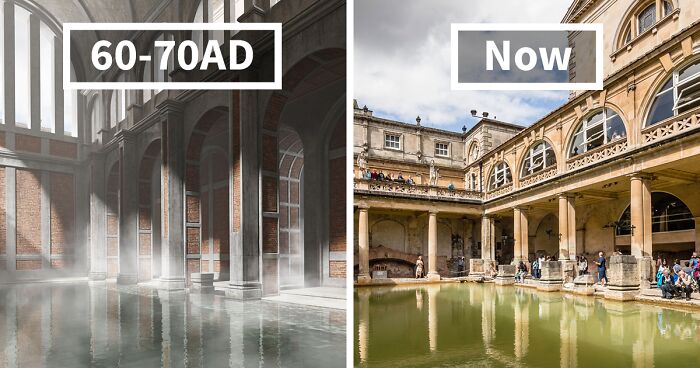
Designers Show What 7 Of Humanity’s Greatest Ancient Public Bathrooms Once Looked Like
Along with fall comes colder weather and what is a better way to spend a rainy and chilly autumn evening than soaking in a warm bathtub with a glass of your favorite drink and relaxing music in the background? Yeah, you feel the vibe.
What would be interesting for you to know is that using heat to relax is not a new practice and dates back to the Neolithic Age. Tribes would look for natural hot springs to find relief and warm their frosty bodies in there.
One of the world’s earliest known public baths to be constructed may be those of the Indus people in around 2500 BC. Around 300 BC, public bathing became a vital part of society and now we cannot imagine a life without hot baths, saunas, steam rooms, hot springs, and just spa culture in general.
In this article, we want to present to you an interesting project created by QS Supplies. As the team writes on their website, “ancient public baths from around the world are remembered for their serene atmosphere and beautiful architecture. But to visit these grand old spaces today – many in ruins – is to experience just a shadow of what they once were.” That’s why the bath specialists decided to create digital 3D renders of how seven of humanity’s greatest ever public baths once looked.
It’s not the first study that QS Supplies has done. If you’re curious about what bathrooms have looked like every 100 years since 1520, check out this post. The bathroom retail company has also done incredibly detailed floor plans of 6 celebrity bathrooms that you can find here. If you’re an art fan, you might be interested in discovering how bathrooms from famous paintings would look in real life – just click here!
More info: qssupplies.co.uk | Facebook | Twitter
Barbara Baths, Trier, Germany (2nd century AD)
Image credits: qssupplies.co.uk
“The ruins of this massive Roman bath complex were developed into a castle in the Middle Ages, before being dismantled for building materials. But at their height, the Barbara Baths were enormous: four stories high in places, with a 42,000m2 footprint (equal to six football pitches.)”
Image credits: qssupplies.co.uk
“The original complex featured libraries, shops, restaurants, and beauty salons in addition to the marble-lined pools and saunas and marine grottos. Today, on-site reconstructions hint at what life must have looked like here, but the ruins are so complete that visitors can make out a cross-section-like view of the foundations, service tunnels, and heating and plumbing systems.”
Basilica Therma, Sarıkaya/Yozgat, Turkey (2nd century AD)
Image credits: qssupplies.co.uk
“The Romans built the Basilica Therma in the second century AD at the site of a celebrated “thermal and healing fountain,” which continues to run today. The façade was built with marble in the Corinthian order, and the pool was lined with marble, too, while the interior walls were limestone.”
Image credits: qssupplies.co.uk
“The baths are decorated with both Greek and Roman goddesses, including one with a snake that appears to represent health. There is also a large Christian Baptismal font. The water in the main thermal bath evens out naturally at around 45 degrees centigrade.”
Baths of Caracalla, Rome, Italy (built 216 AD)
Image credits: qssupplies.co.uk
“Ever thought of expanding to a 300-acre bathroom? To be fair, Ancient Rome’s most famous and second-largest public bathing house was not just a bathroom but a sprawling, multi-use complex that also housed libraries and shops. Still, the free-to-use baths were the main attraction: up to 8,000 Romans would use them each day.”
Image credits: qssupplies.co.uk
“An ingenious heated plumbing network warmed both the waters and the floors and walls of the other rooms. The steam rose past 10-foot statues and granite columns to a glass ceiling overhead. Marble walls featured mosaics and paintings, while the doors were in gilt bronze.”
Hadrian’s Villa, Tivoli, Italy (110 AD)
Image credits: qssupplies.co.uk
“Also known as Villa Adriana, Emperor Hadrian’s luxurious home complex was built around its bathing complex, which was used by his family and ‘inner circle.’ Hadrian’s baths were carefully constructed to take advantage of the warmth of the passing sun, and the structure was positioned to give a sense of leisure to the wider estate.”
Image credits: qssupplies.co.uk
“The baths featured a range of temperature options controlled by an under-floor heating system. Romans would work out in a courtyard called a palestra before descending through the temperatures from a hot caldarium to a warm tepidarium, a circular sauna called a laconicum, and finally, a cool rinse in a frigidarium.”
Great Bath, Mohenjo-Daro, Pakistan (3rd millennium BC)
Image credits: qssupplies.co.uk
“One of the earliest-known public baths in history is this Indus ‘tub,’ a “watertight pool called the Great Bath, perched on top of a mound of dirt and held in place with walls of baked brick.” The tank is 12 x 7 meters wide, plunging to a depth of 2.4 meters, with a staircase at each end. It was rediscovered during the excavation of the site in the 1920s.”
Image credits: qssupplies.co.uk
“Positioned at the highest point of this now “faceless” Indus city, the Great Bath may indicate the religious and/or cultural importance of cleanliness to this ancient people – particularly since nearly every private home also had its own bath and plumbing.”
The Roman Baths of Odessos, Varna, Bulgaria (2nd century AD)
Image credits: qssupplies.co.uk
“The largest public bathroom in the Balkans once stood up to 22 metres high, with a 7000m2 footprint. Unlike other Roman baths, which had separate rooms for men and women, the Odessos baths were open to women before noon and men in the afternoon (after work). There was even a sort of locker room for men to stow their valuables if attending on the way home.”
Image credits: qssupplies.co.uk
“The Baths of Odessos feature statues to the gods Heracles, Victoria, and Mercury and a shrine to health and healing gods Asclepius and Hygia. The walls are built of carefully layered stone and brick, and large twin entrance halls insulated visitors from a sudden change in temperature (besides the change they desired when hopping from the caldarium to the tepidarium).”
Roman Baths, Bath, England (60-70AD)
Image credits: qssupplies.co.uk
“Northern Europe’s best-preserved ancient baths are so fundamental to the English sense of place that we named the city after them. While the Romans knew the city as Aquae Sulis (named after the underlying spring – which may have been in use since the time of the Iron Age Britons), the Anglo-Saxon name Baðum (“at the baths”) prevailed, gradually becoming plain old ‘Bath.’”
Image credits: qssupplies.co.uk
“But the baths of Bath were anything but plain. For a start, unlike many Roman baths, they featured a naturally heated Great Bath for actual swimming, as opposed to just soaking. The Great Bath is insulated with 45 thick sheets of lead, with a ceramic ceiling supported by pillars that go right into the water. The complex also featured a ‘dry sweating room’ called a Laconicum and a suite of plunge pools, including a 1.6m deep circular cold bath.”
“Baths on the scale of these lost ancient complexes are rarely built today – and bathrooms of this splendor remain the preserve of the obscenely wealthy. But with imagination, good taste, and the resourcefulness to track down a bargain fixture or fitting, there’s no reason your next refurb project shouldn’t leave you with a bathroom to remember.”
37Kviews
Share on FacebookExplore more of these tags
And why don’t we have those types of baths anymore? They look divine! I wish we still had some built in this style over the spa’s we get nowadays…
In the Baths of Caracalla I found a bit of ancient graffiti carved into a marble sill that said "Marcus est magnus asinus" (Marcus is a big a$$). I took a picture and still have it somewhere.
And why don’t we have those types of baths anymore? They look divine! I wish we still had some built in this style over the spa’s we get nowadays…
In the Baths of Caracalla I found a bit of ancient graffiti carved into a marble sill that said "Marcus est magnus asinus" (Marcus is a big a$$). I took a picture and still have it somewhere.

 Dark Mode
Dark Mode 

 No fees, cancel anytime
No fees, cancel anytime 






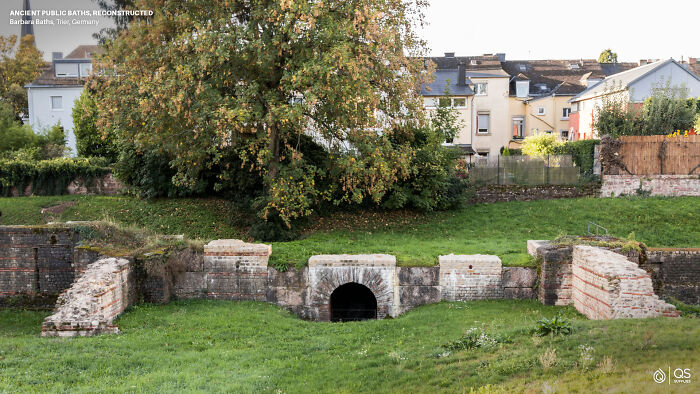
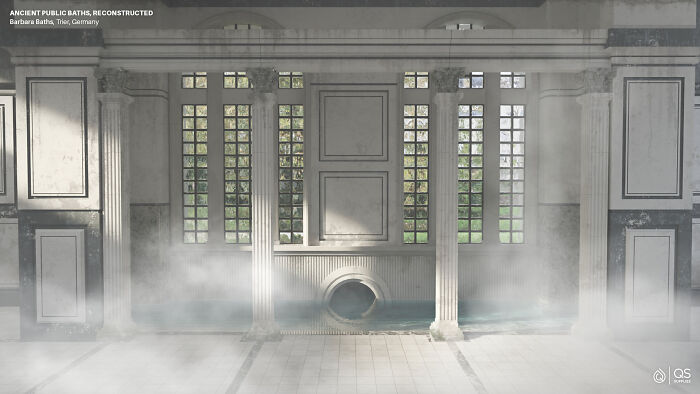
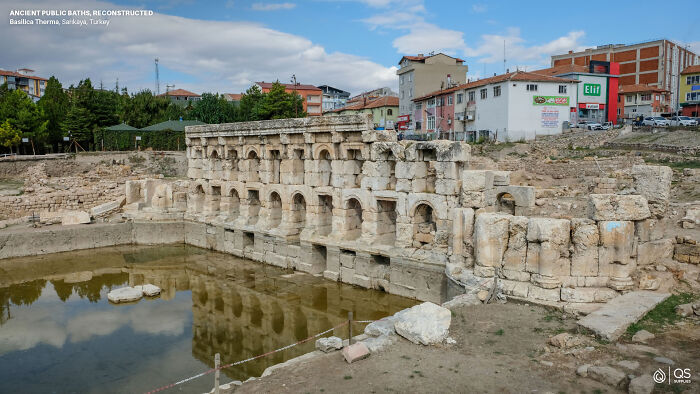
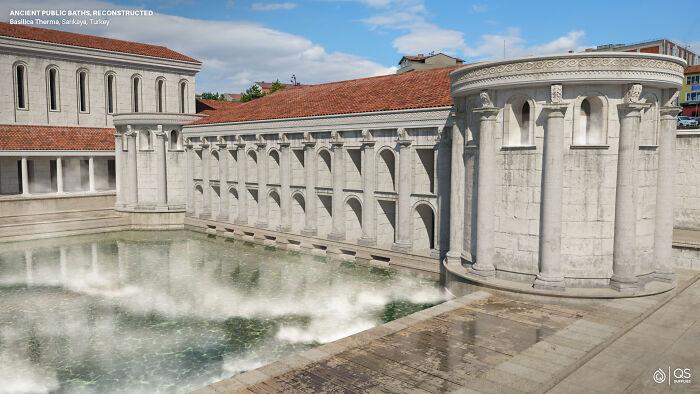
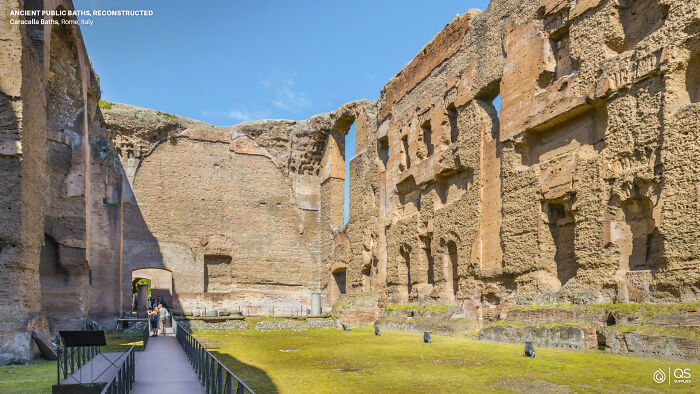
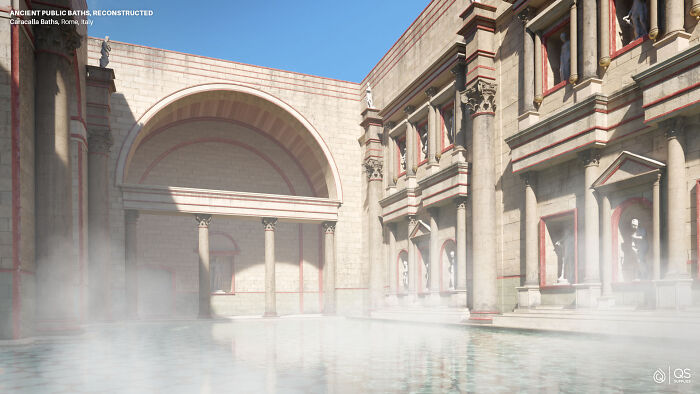
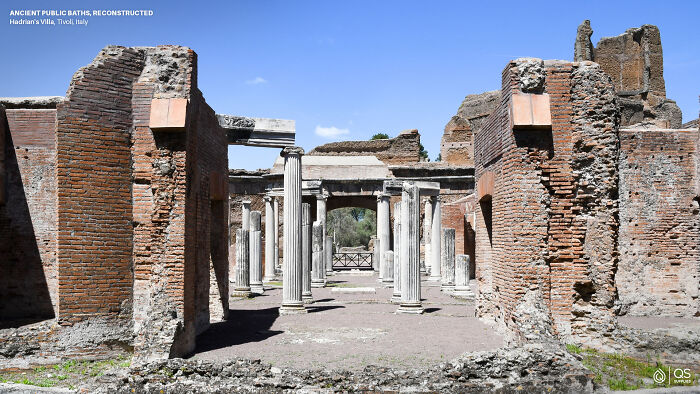
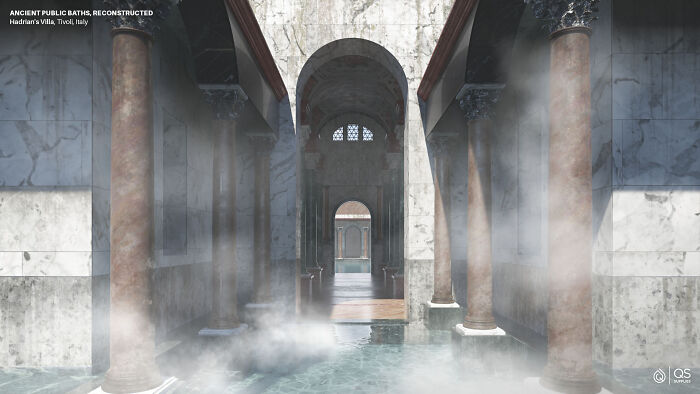
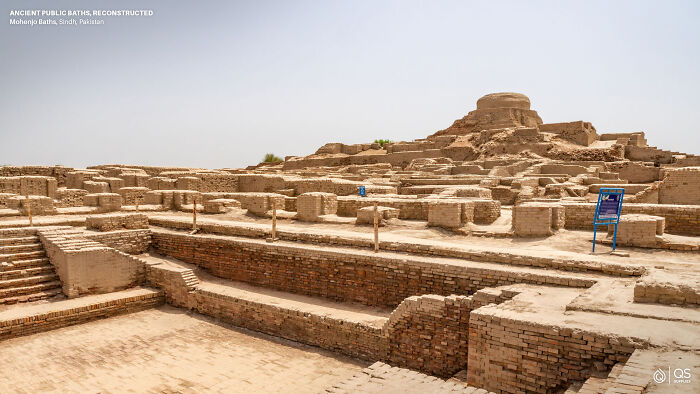
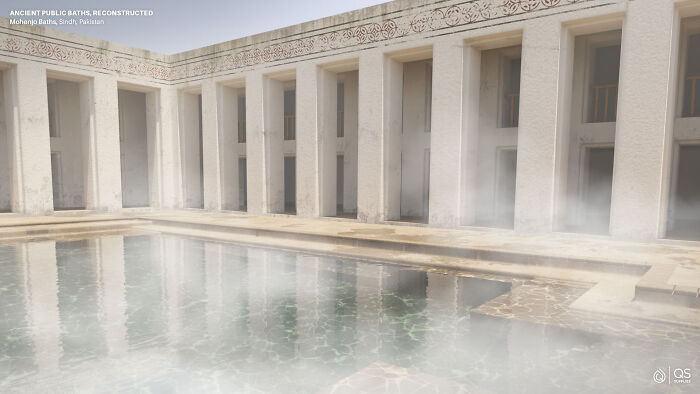
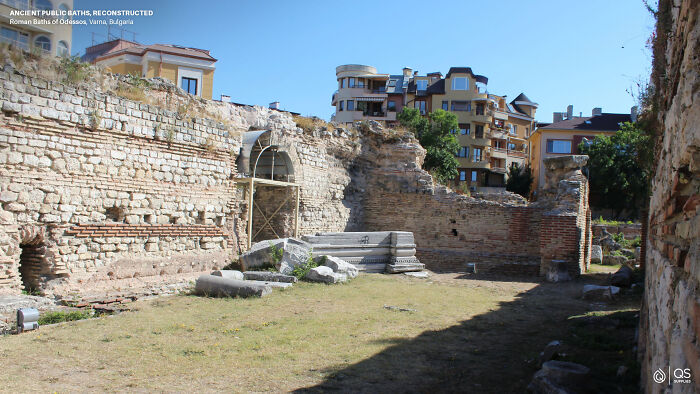
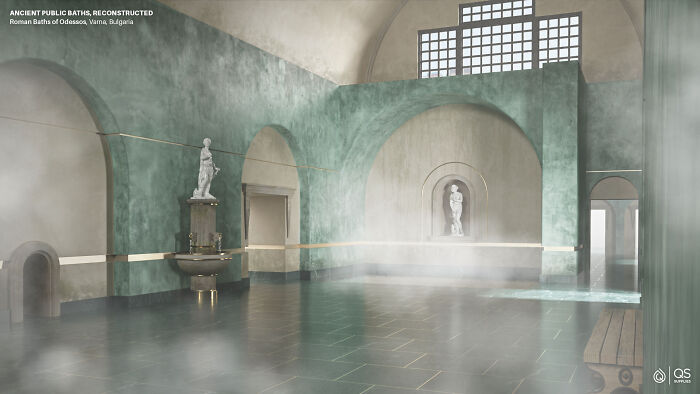
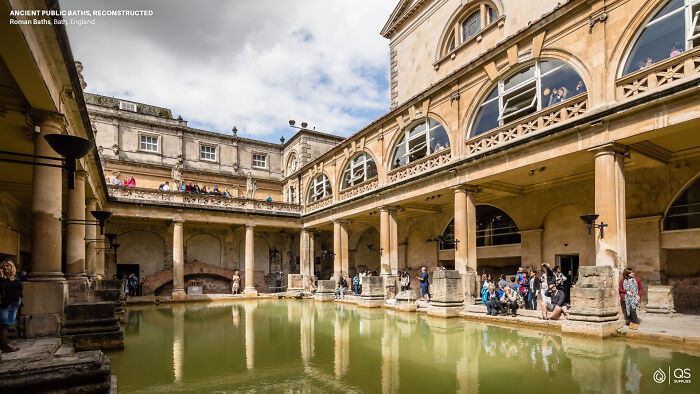
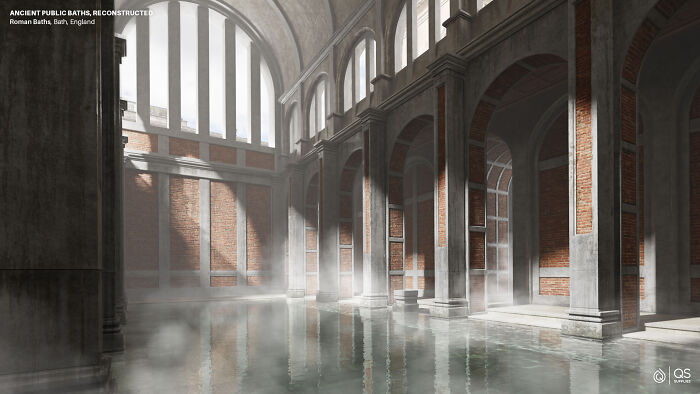












































143
8